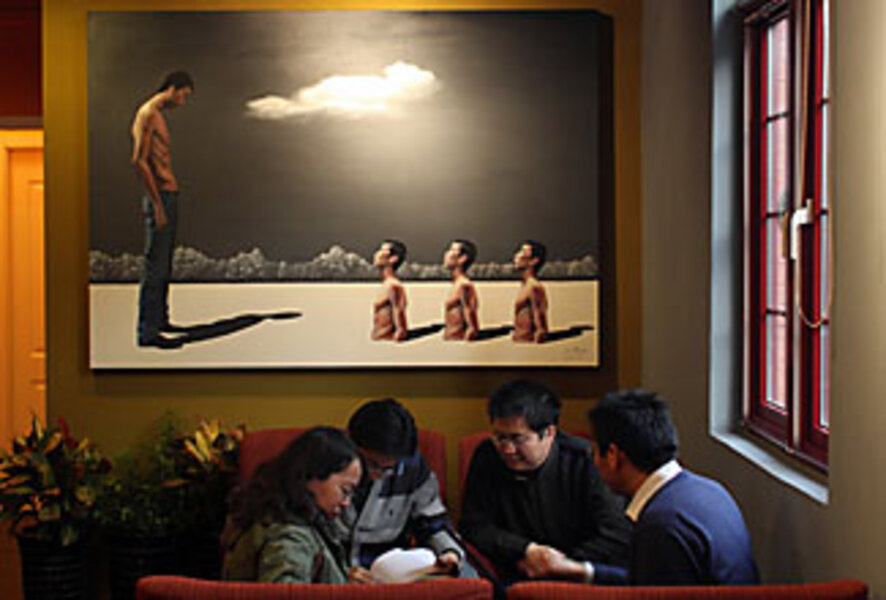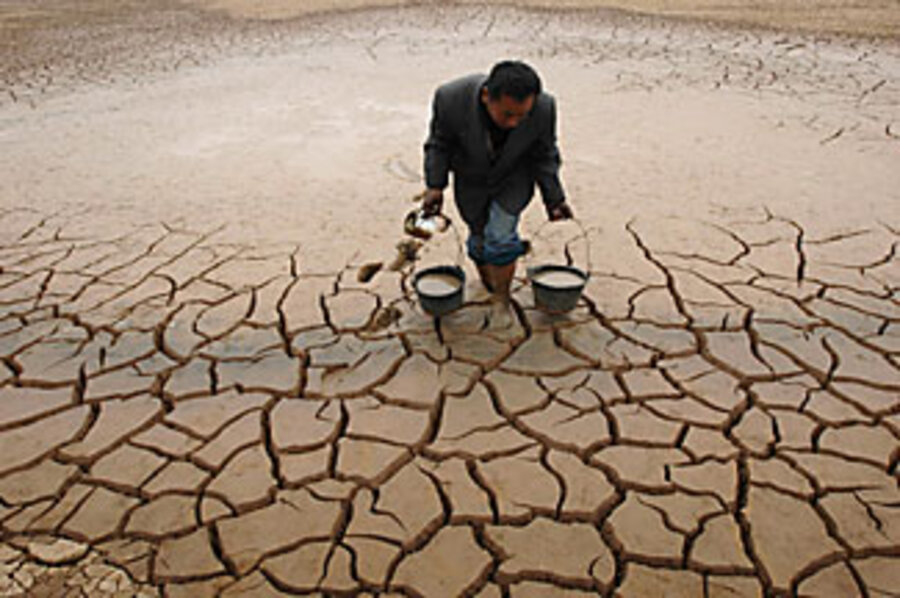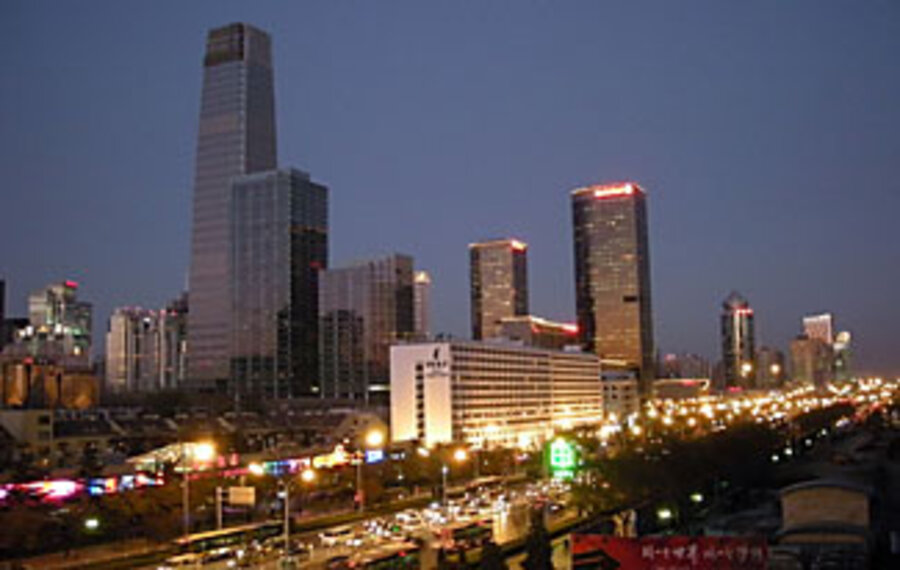Six lives in a new China
China has been transformed beyond recognition since the ruling Communist party decided 30 years ago this week to abandon Maoism, build a market economy, and dismantle the "bamboo curtain" that had isolated the country from most of the world. This series explores what "reform and opening" has meant to the everyday lives of six individuals.
BEIJING – All but one of the buildings that I can see from my office balcony, packing the smoggy skyline, have one thing in common: they were not there 30 years ago.
That alone might be sufficient testament to the revolution wrought in China by "reform and opening," the gradual shift away from Maoist dogma launched by the ruling Communist party in
December 1978, which the authorities are celebrating this week.
But "the visual transformation is not nearly as profound as the psychological transformations" that Chinese citizens have undergone over the past three decades, suggests Russell Leigh Moses, a long-time China watcher here.
"Now," he says, "people think about what is possible, what can be changed, instead of what is not possible."
Nobody who has not lived in China for the last 30 years can hope to fully understand how startlingly the country has changed since Deng Xiaoping made pragmatism, not ideology, the government's guiding principle – paving the way for new enterprises, a flood of new media, and the introduction of private property. Even witnesses to the whole process often look back on the past as if it were another country that they cannot quite believe they lived in.
By the same token, none of the officials at the Central Committee meeting 30 years ago this week can have had any real idea of where they were taking their country. Denghimself said he was "crossing the river by feeling the stones," a cautiously experimental approach his successors have maintained.
Crucially, the fits-and-starts creation of a generally market-led economy has unleashed previously unheard of growth. Expanding by nearly 10 percent a year for a quarter of a century, the Chinese economy has pulled more than 600 million people out of poverty, according to World Bank figures.
If reforms have freed the spirit of enterprise, however, they have stifled the sense of social solidarity that the 1949 revolution meant to instill in China's citizenry. China today is one of the most unequal societies in the world: City dwellers' income is more than five times higher than their country cousins', and infant mortality, to take just one indicator, is seven times higher among poorer Chinese than among the wealthiest, United Nations surveys show.
That is a reflection of how little attention the authorities have paid to basic services such as healthcare and education in their rush for industrial development. Chinese officials spent as much on business meals in 2004 as the government devoted to education, according to official figures. Meanwhile, their carelessness toward the environment is leaving a grim legacy.
But while 160 million people – almost all of them in the countryside – still live on less than a dollar a day, the vast majority of Chinese enjoy a lifestyle, and a range of personal choices, that would have seemed fantastical to their parents. Those in work, however, have aspirations in common with citizens of much richer countries. Where once the acme of consumer durables were a watch, a bicycle, and a sewing machine, today's young urban Chinese think little of changing their mobile phones every year or so, buying a computer or saving for a car.
"The problem of providing enough for the majority of people to eat and wear has basically been solved," says Chi Fulin, head of the China Institute for Reform and Development, a government-backed economic think tank in southern China. Now, he adds, "the goal of development begins to focus more and more on the development of man."
The speed of China's economic development, however, has served to highlight the lack of political reform. Nearly 60 years after the Communist revolution, the ruling party still keeps a tenacious grip on political power and strictly forbids any move to challenge its monopoly.
It has managed to do so, argues Dali Yang, who teaches Chinese politics at the University of Chicago, partly by improving people's standards of living and partly by taking its nose out of every detail of people's lives.
"Before, everything was political," he says. "The Politburo met to discuss raising the price of a box of matches. Today the realm of the political has shrunk, and the realm of liberty in personal lives has grown.
"Along with the economy, that is the greatest change."








